- Details
- Written by: admin
- Category: terms
- Hits: 953
Roofs where photovoltaic solar panels or solar hot water panels cover more of the roof area than any other roof covering material. There are two types of photovoltaic solar panelled roofs: Solar Photovoltaic Roofs and Building Integrated Photovoltaics. Solar photovoltaic roofs either completely displace conventional roof covering, or are installed over the existing conventional roof and attached to it via special mounting. Building Integrated Photovoltaics (BIPV) refer to photovoltaics modules which are directly incorporated into a building envelope by replacing conventional roof covering with photovoltaic elements.

Solar photovoltaic roof, Belgrade, Serbia (L. Stamenic)
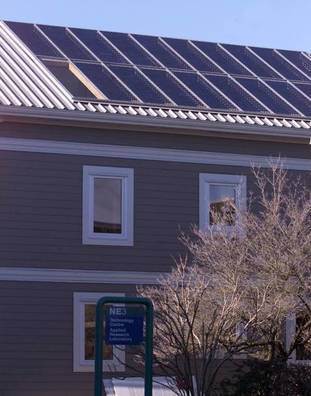
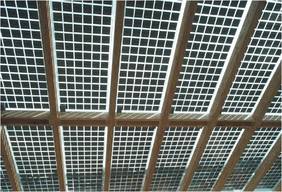
Solar photovoltaic roof (exterior and interior view), Canada (L. Stamenic)
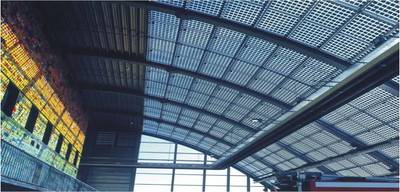
Building Integrated Photovoltaics in a fire hall, Germany (L. Stamenic)
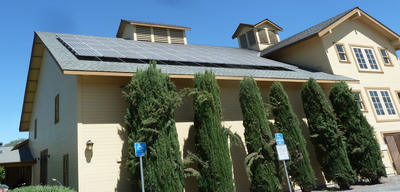
Solar Photovoltaic Roof, California (S. Brzev)
- Details
- Written by: admin
- Category: terms
- Hits: 2426
A wall is a vertical planar building element which usually resists gravity loads, but also resists horizontal forces and provides stability to a building during an earthquake. Usually its length is greater than 6 times its thickness. Any vertical elements, like studs in light wood framed walls, are to be included in assessing the wall thickness.
Wall describes the lateral load-resisting structure comprising of walls and frames where the walls, due to their substantial lengths, resist the vast majority of the lateral load. Walls may be monolithic as in the case of reinforced concrete walls, or be of masonry construction. They can also comprise several materials as in the case of confined masonry construction with its system of masonry walls and reinforced concrete confining columns and beams, light wood framing with its sheet lining combining with the wood to provide earthquake bracing, or walls where mud has been applied to a light wood framework as in quincha construction.
Also within the definition of walls, coupled-walls or coupled-shear walls are to be included. These structures consist of two or more walls in the same plane (forming walls with openings up their heights) that are connected usually at every story by beams whose span-to-depth ratios are much smaller than for conventional beams.
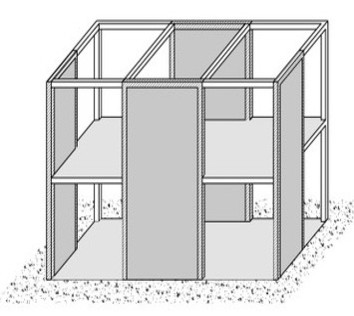
A simplified drawing of a building with shear walls (A. Charleson, Seismic Design for Architects, Architectural Press 2008, p. 64, Fig. 5.2).

Walls, quincha construction, Peru (S. Brzev)
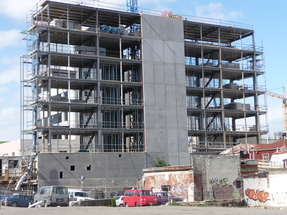
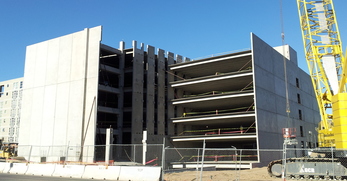
Wall, precast concrete, New Zealand (left - A. Charleson) and Denver, USA (right - K. Porter)
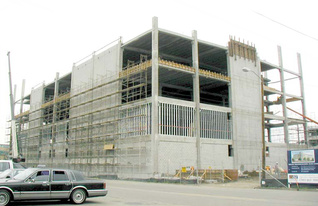
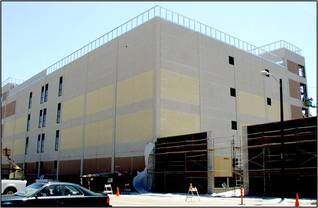
A cast-in-place reinforced concrete building with a Wall lateral load-resisting system, Oakland, California, USA (C. Scawthorn)
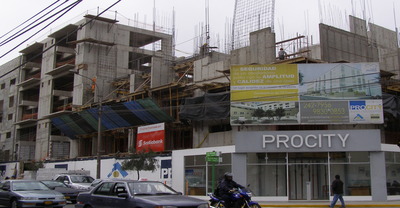
Reinforced concrete wall building under construction, Lima, Peru (S. Brzev)
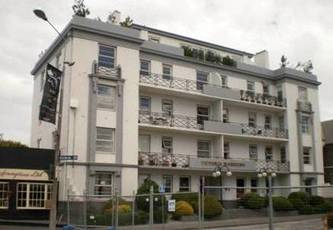
Pre-1976 in-situ reinforced concrete wall construction, Christchurch, New Zealand (J. Bothara)
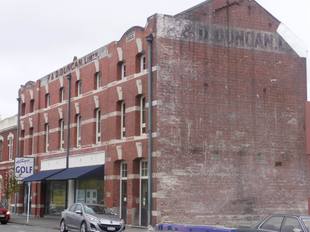
Wall, unreinforced masonry, New Zealand (A. Charleson)
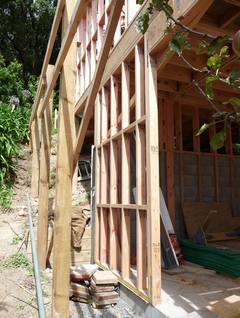
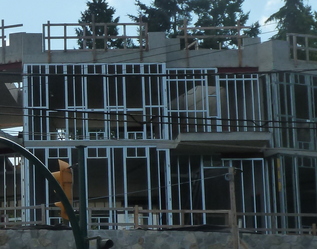
Wood stud walls (left) and cold-formed steel stud wall (right) act as the Wall system for the purpose of Lateral Load-Resisting System classification; left photo shows a wood stud wall from New Zealand (A. Charleson), and the right photo shows a cold-formed steel stud wall from Canada (S. Brzev)
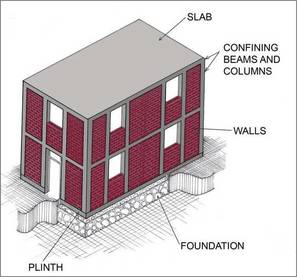
Confined masonry acts like a Wall system (Seismic Design Guide for Low-Rise Masonry Buildings, EERI and IAEE)
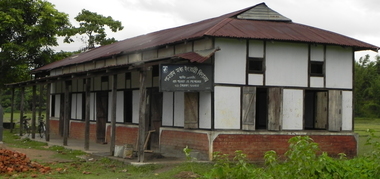
Assam type construction consists of small-sized wood columns and beams which are braced with ikra walls; this acts like a Wall system since connections between the wooden members are unable to transfer bending moments; this traditional construction in Assam, India has shown good performance in past earthquakes (People in Centre)
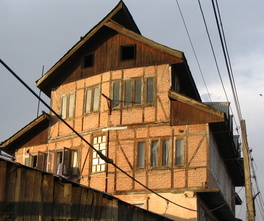
Dhaji Dhewari buildings in Kashmir, India consist of wood-reinforced brick masonry walls (D. Rai)
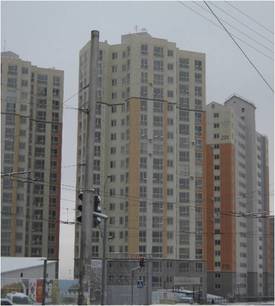

Cast-in place concrete wall construction, Kyrgyzstan (K. Kanbolotov)
- Details
- Written by: admin
- Category: terms
- Hits: 709
It is clear that the floor structure is made from metal, but the type of metal structural system is unknown. The system may be hidden, or information about it is unavailable.
- Details
- Written by: admin
- Category: terms
- Hits: 888
Concrete blocks are hollow or solid masonry units consisting of Portland cement and suitable aggregates combined with water. These blocks are usually laid in mortar. The following types of concrete blocks are included in the Taxonomy:
- Details
- Written by: admin
- Category: terms
- Hits: 5304
There are connections between the floor diaphragm(s) and the walls, capable of transferring in-plane forces from roof to wall and restraining outward displacements of walls.

Examples of retrofit methods to improve strength of existing wall-to-floor connections in stone masonry buildings with wooden floors (Improving the Seismic Performance of Stone Masonry Buildings, Bothara and Brzev, EERI, 2011)
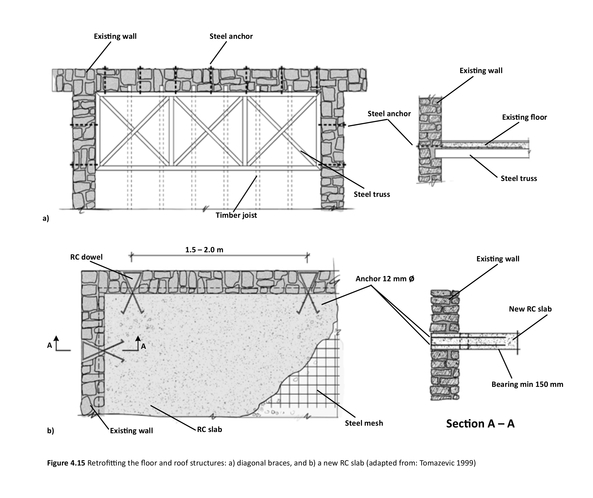
Examples of retrofit methods to improve strength of wall-to-floor connections in stone masonry buildings with reinforced concrete floors (Improving the Seismic Performance of Stone Masonry Buildings, Bothara and Brzev, EERI, 2011)
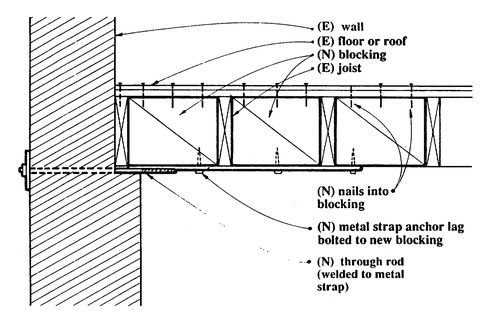
Example of retrofit method to improve strength of wall-to-floor connections of a wood diaphragm - note: N refers to New and E refers to Existing components (FEMA 172, 1992)
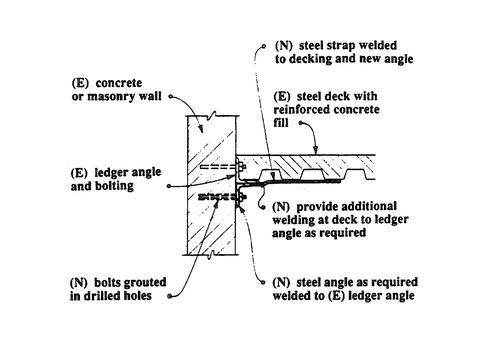
Example of retrofit method to improve strength of wall-to-floor connections of a composite concrete slab and steel deck diaphragm to a concrete or masonry wall; note: N refers to New and E refers to Existing components (FEMA 172, 1992)
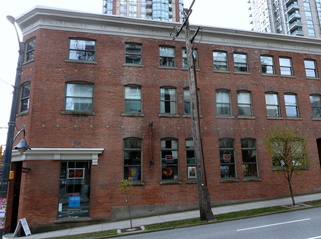
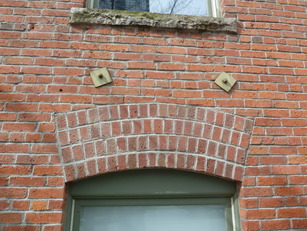
A retrofitted unreinforced brick masonry building with floor-wall anchors visible at the exterior, Vancouver, Canada (S. Brzev)

A retrofitted unreinforced brick masonry building showing exposed floor-wall and roof-wall anchors at the exterior, Seattle, USA (S. Brzev)
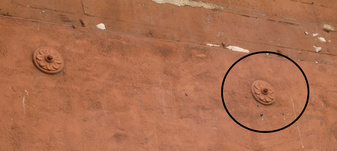
A typical wall anchor, consisting of a steel rod and an exterior steel plate exposed at the exterior; note that anchor plates are of different shapes and sizes (S. Brzev)


